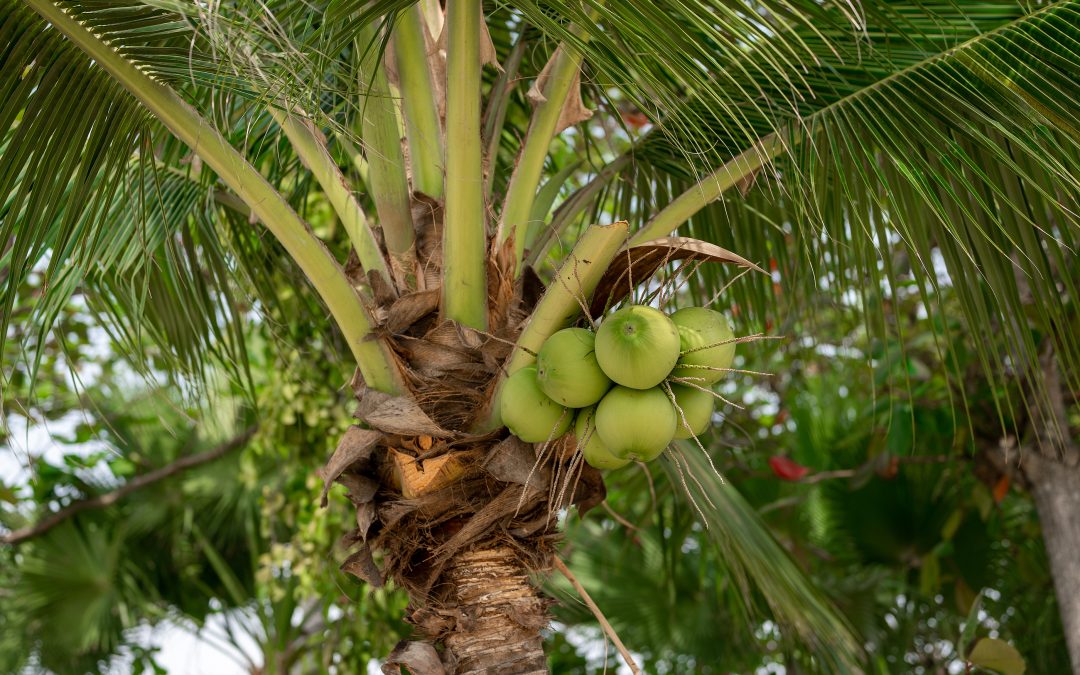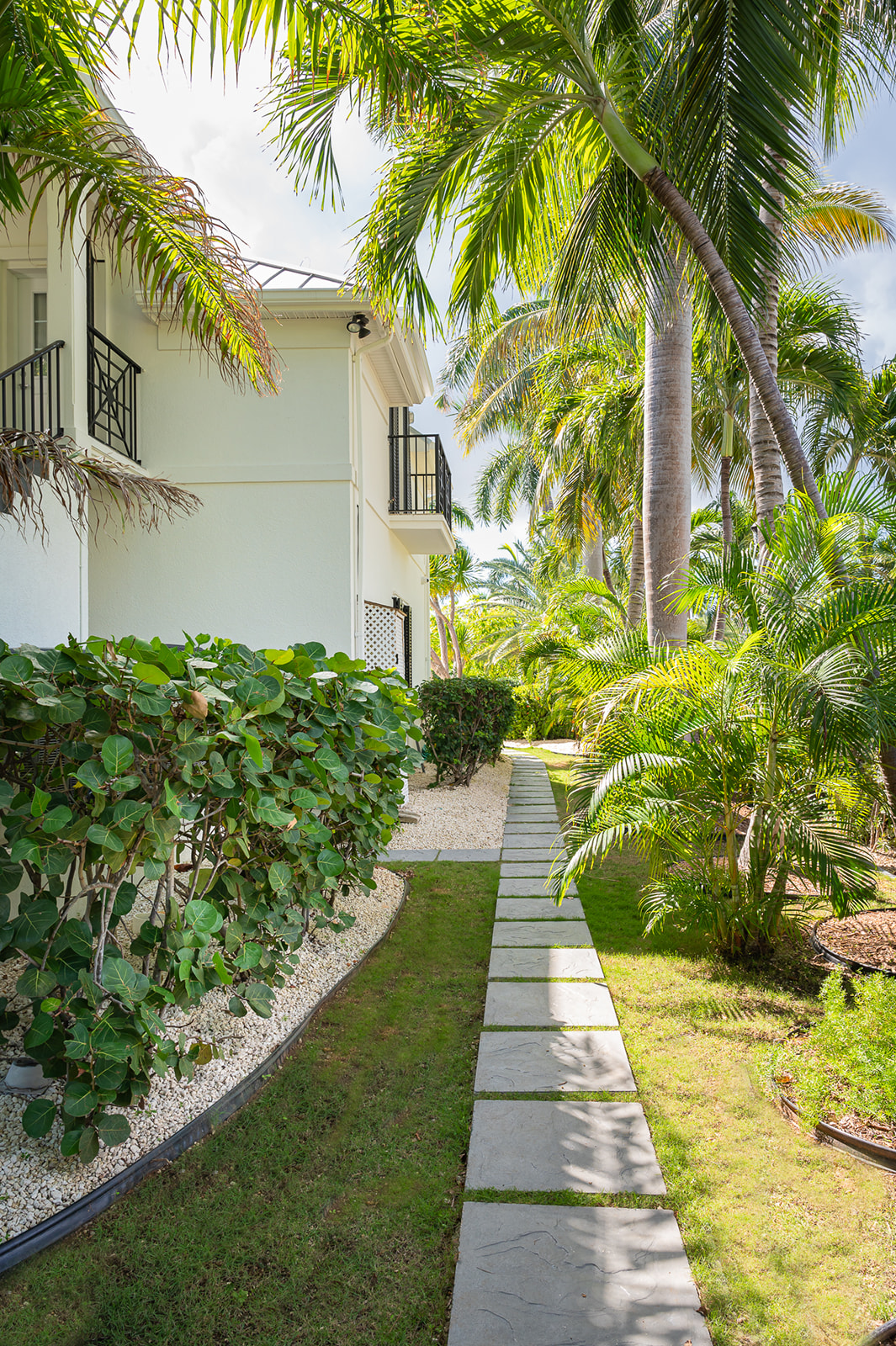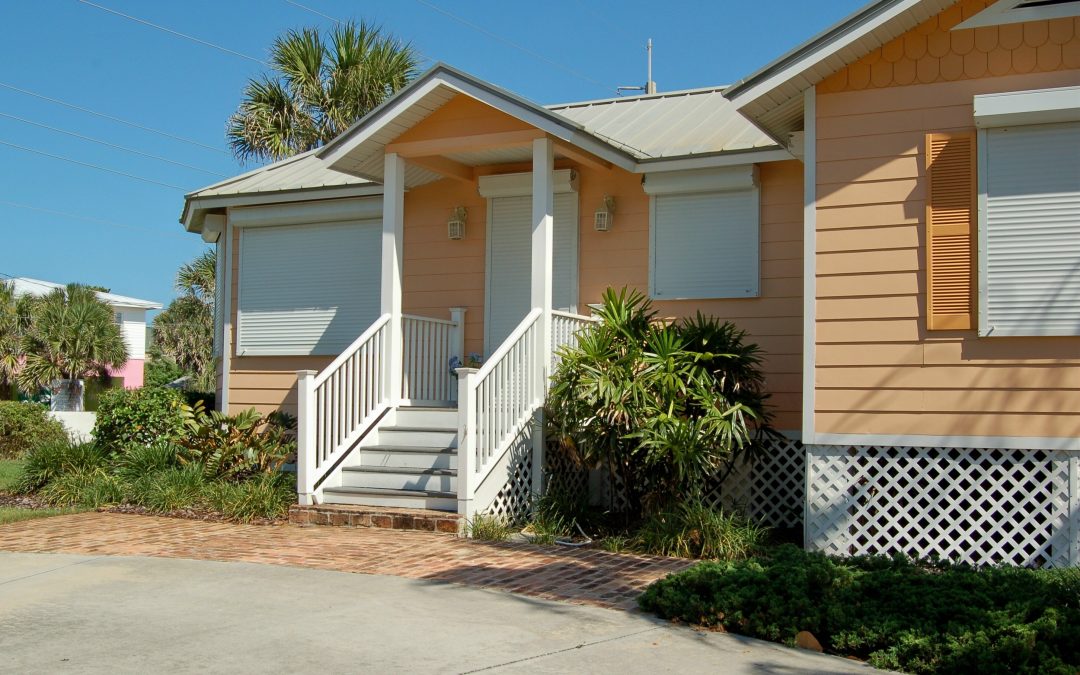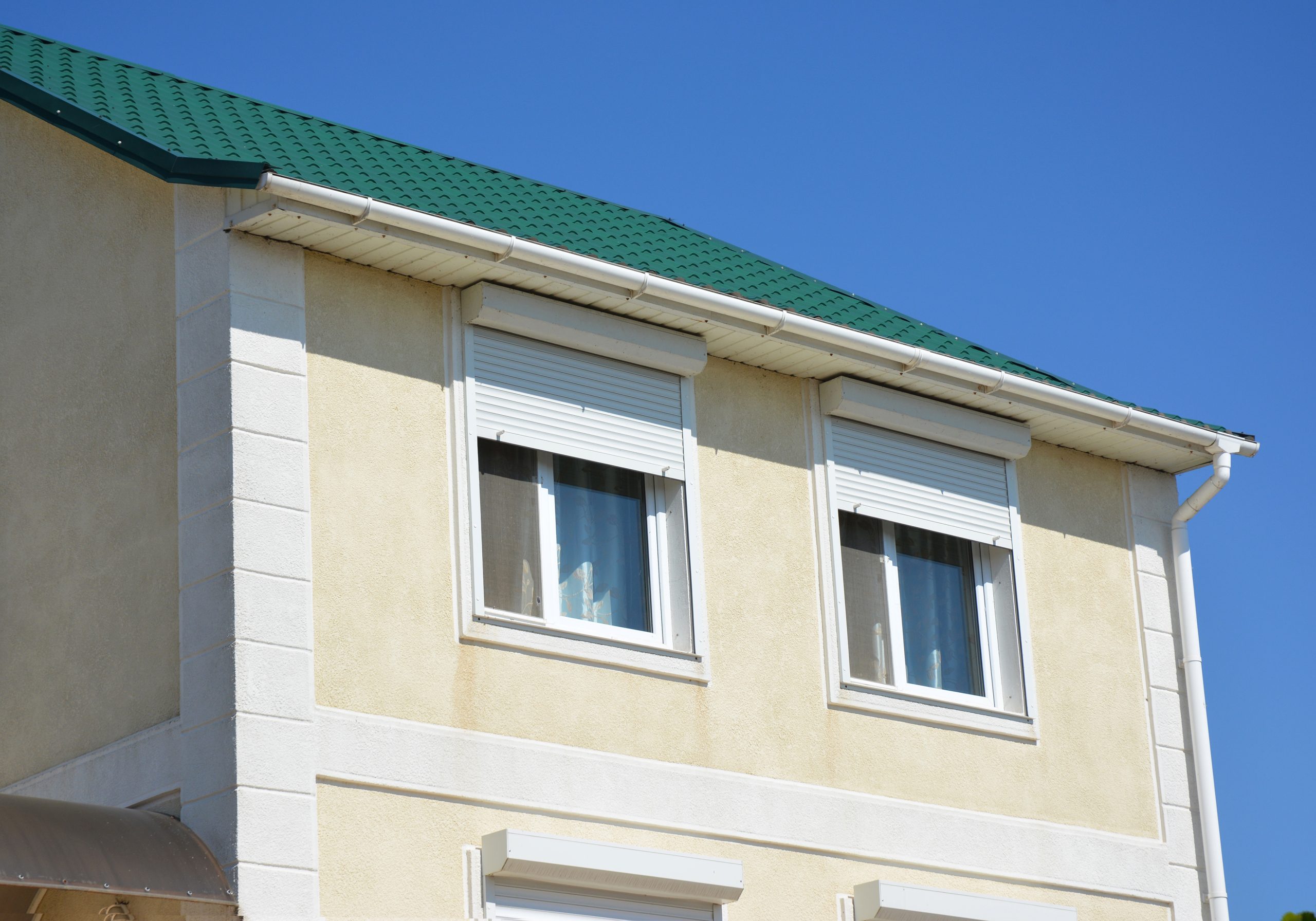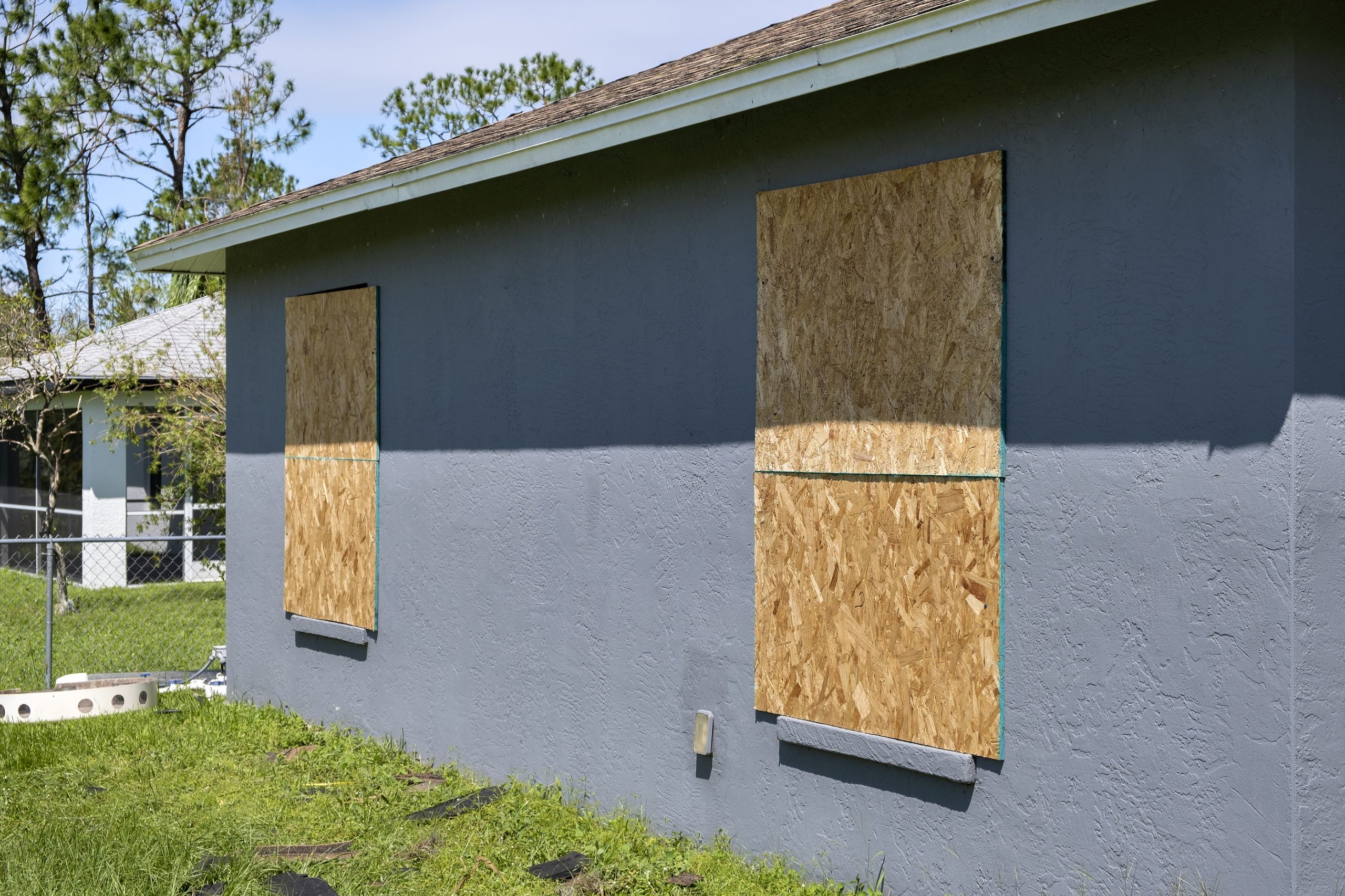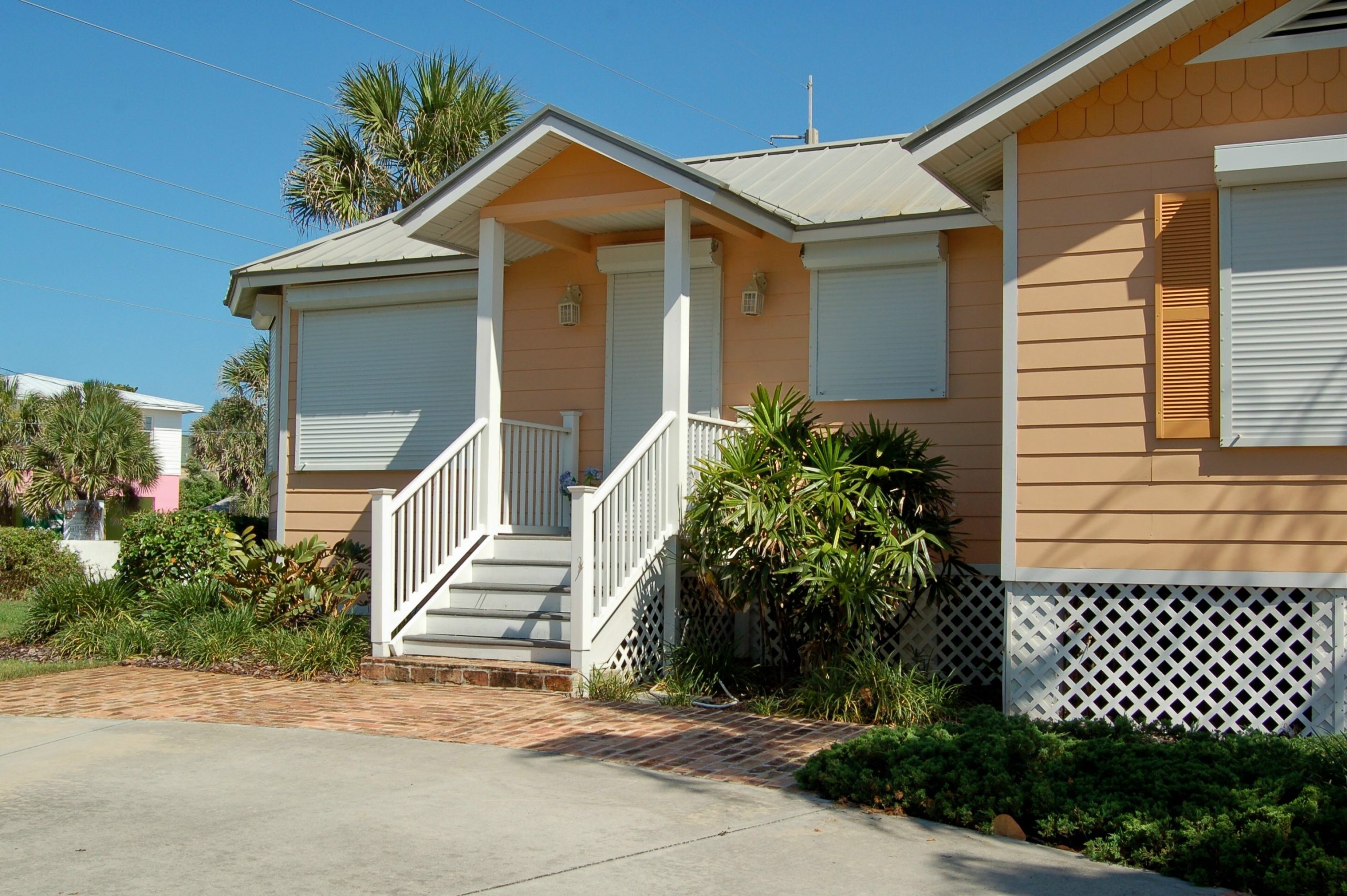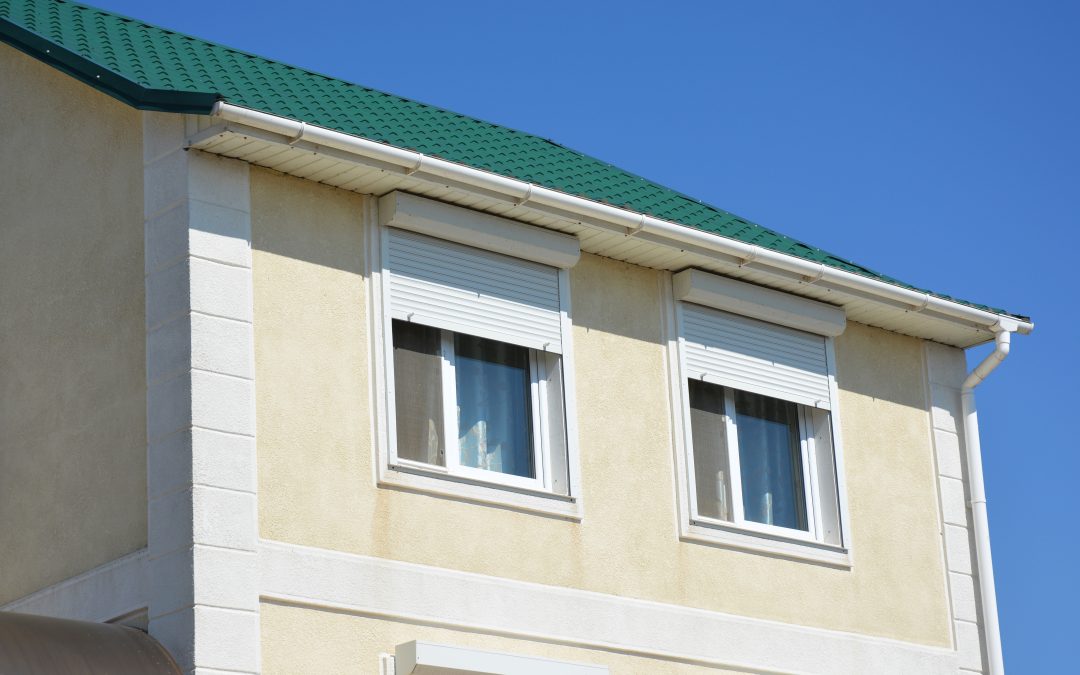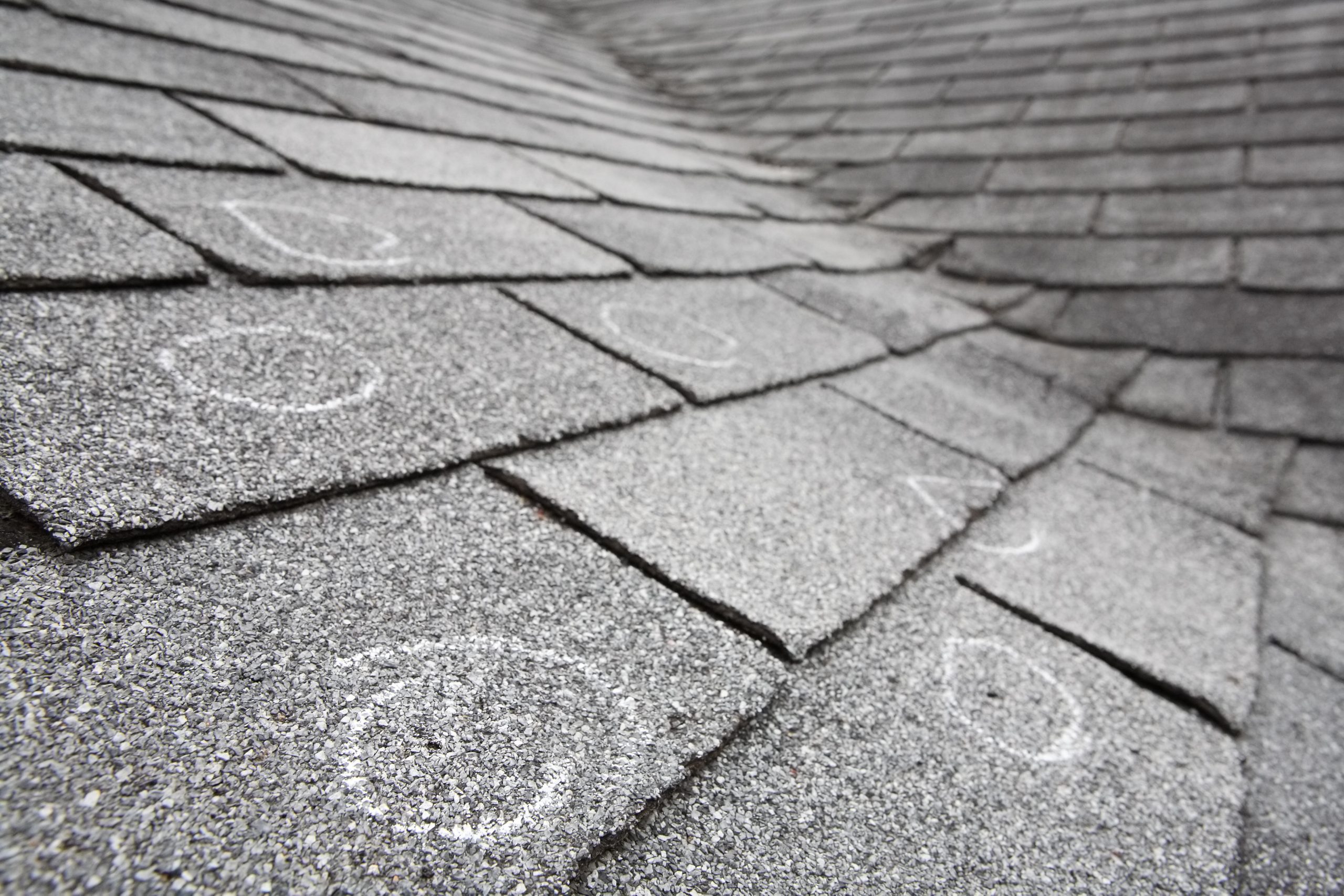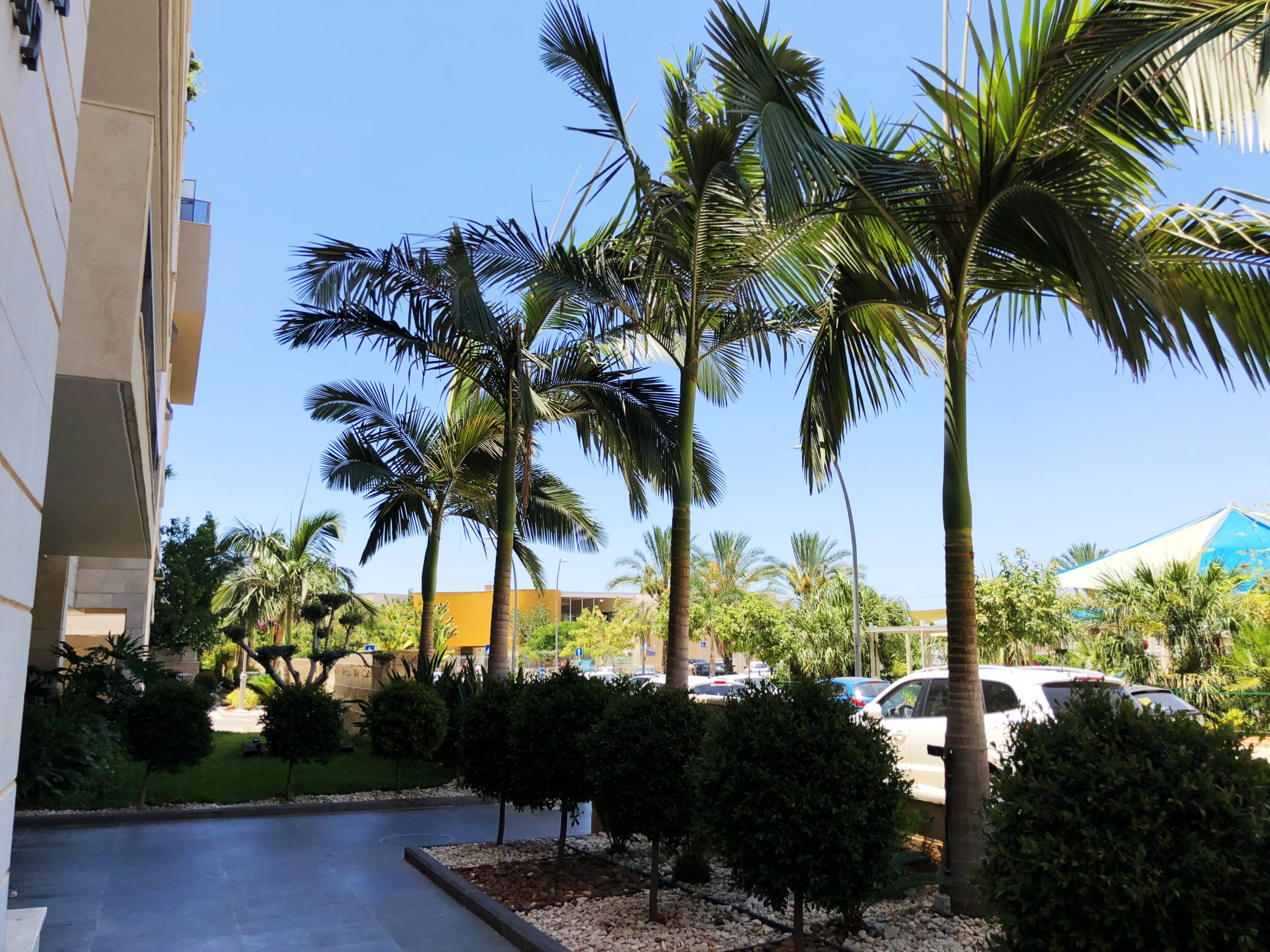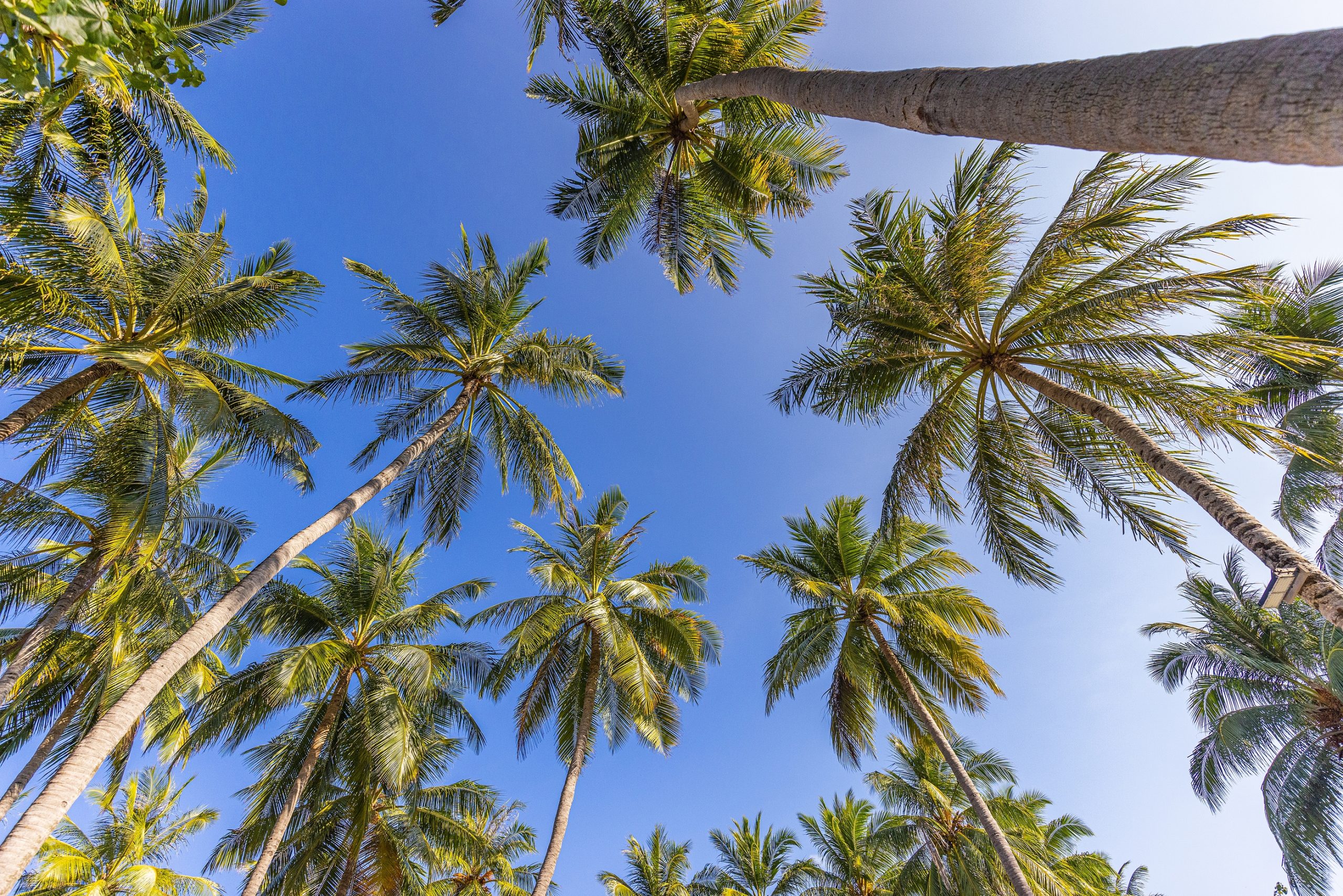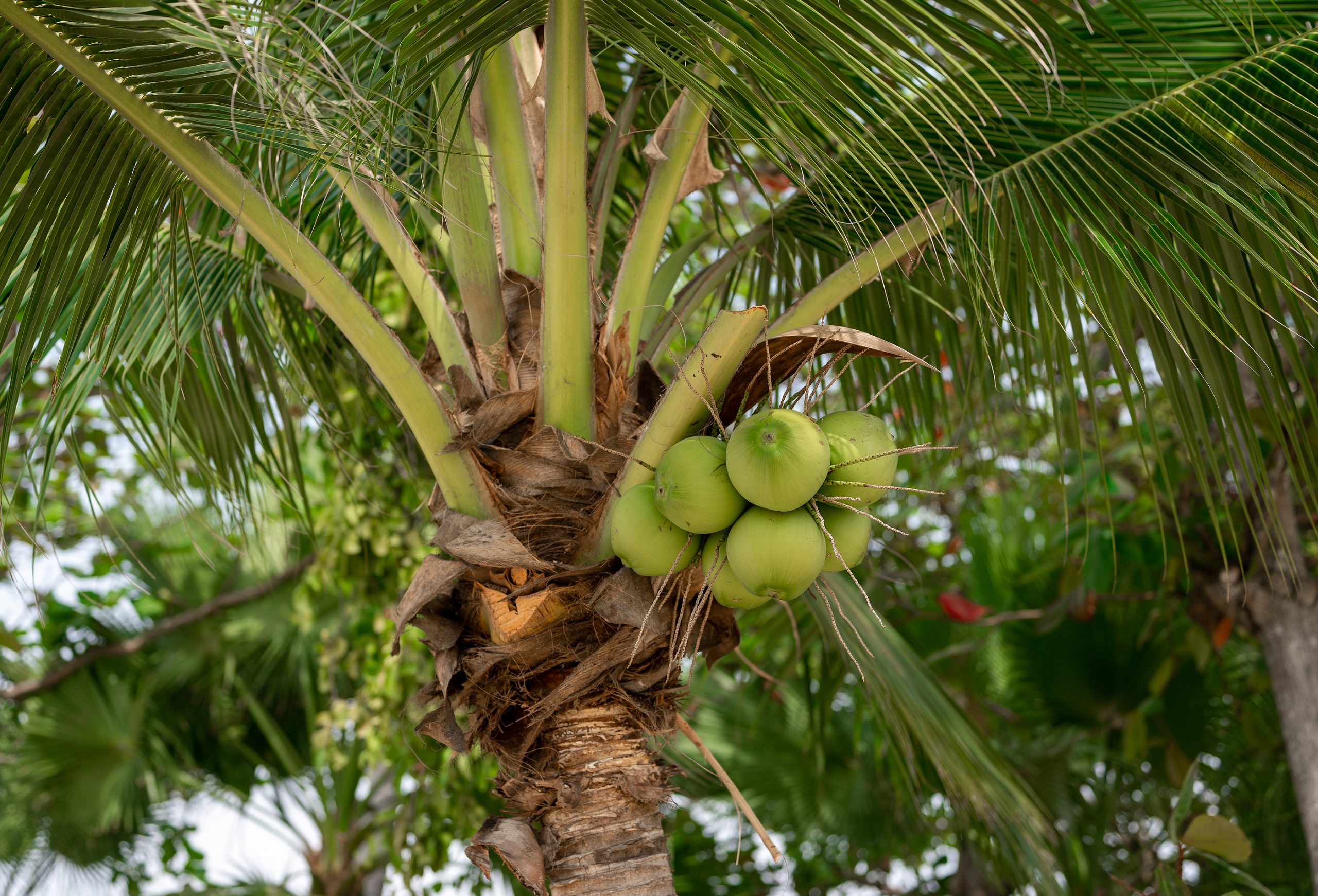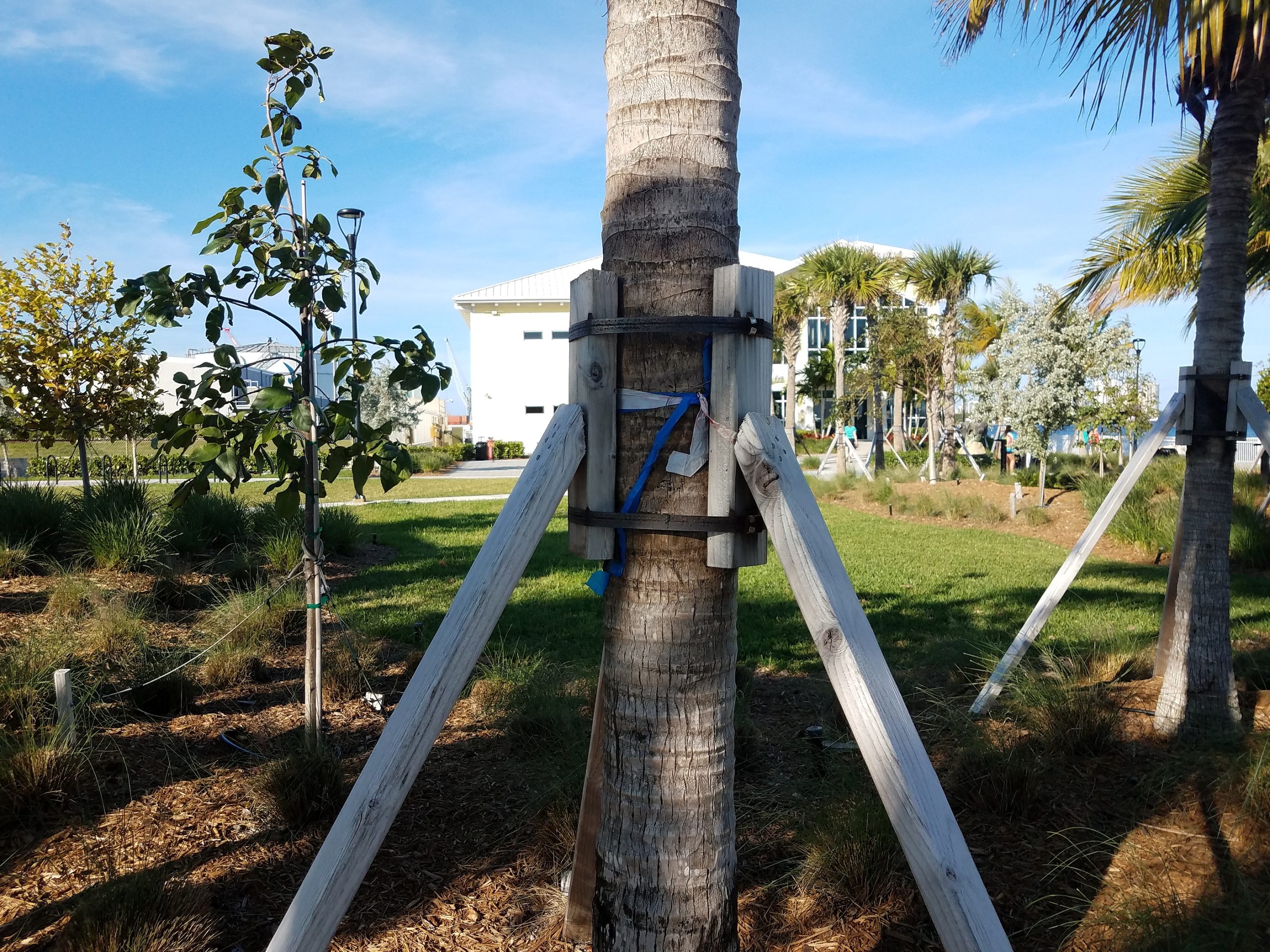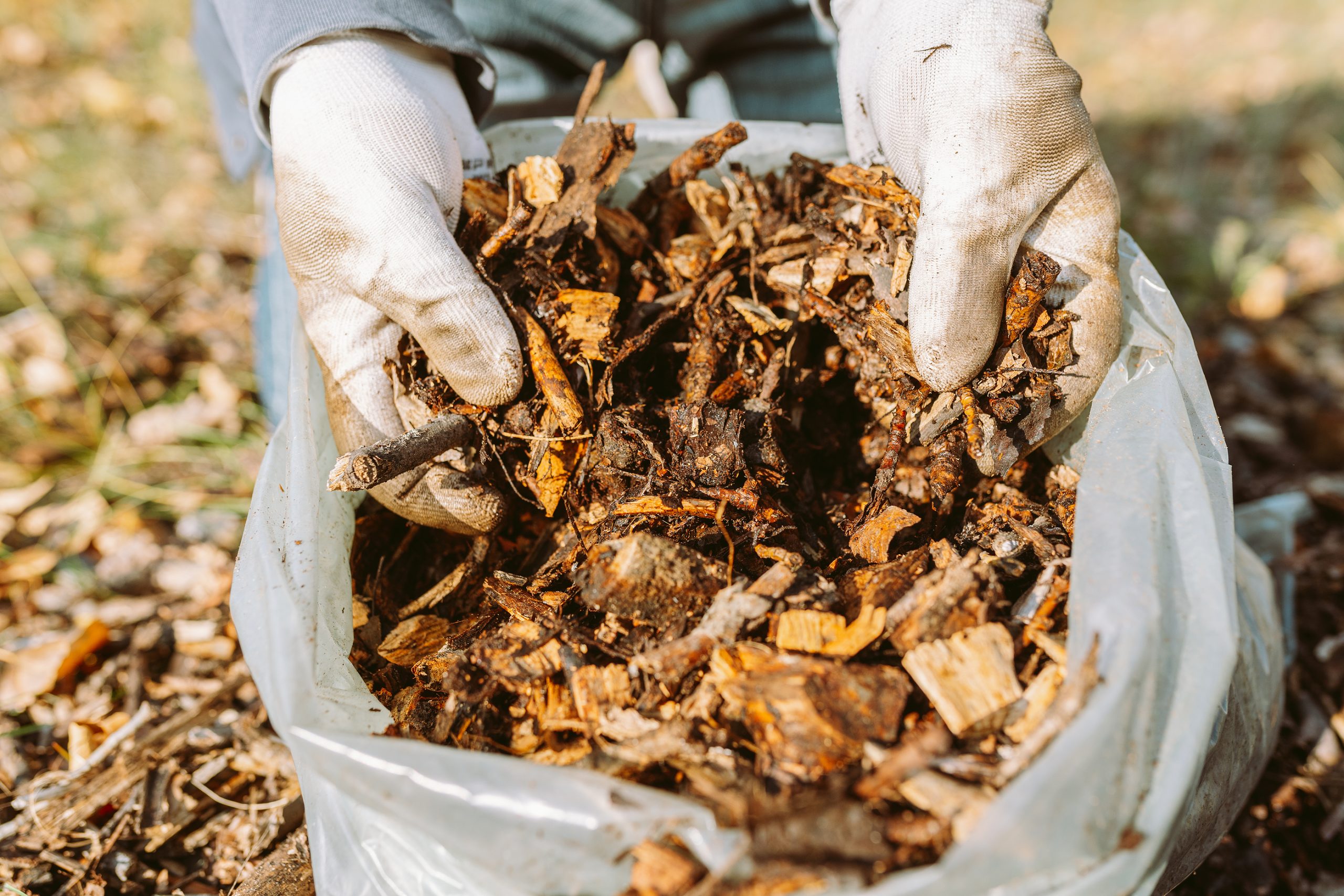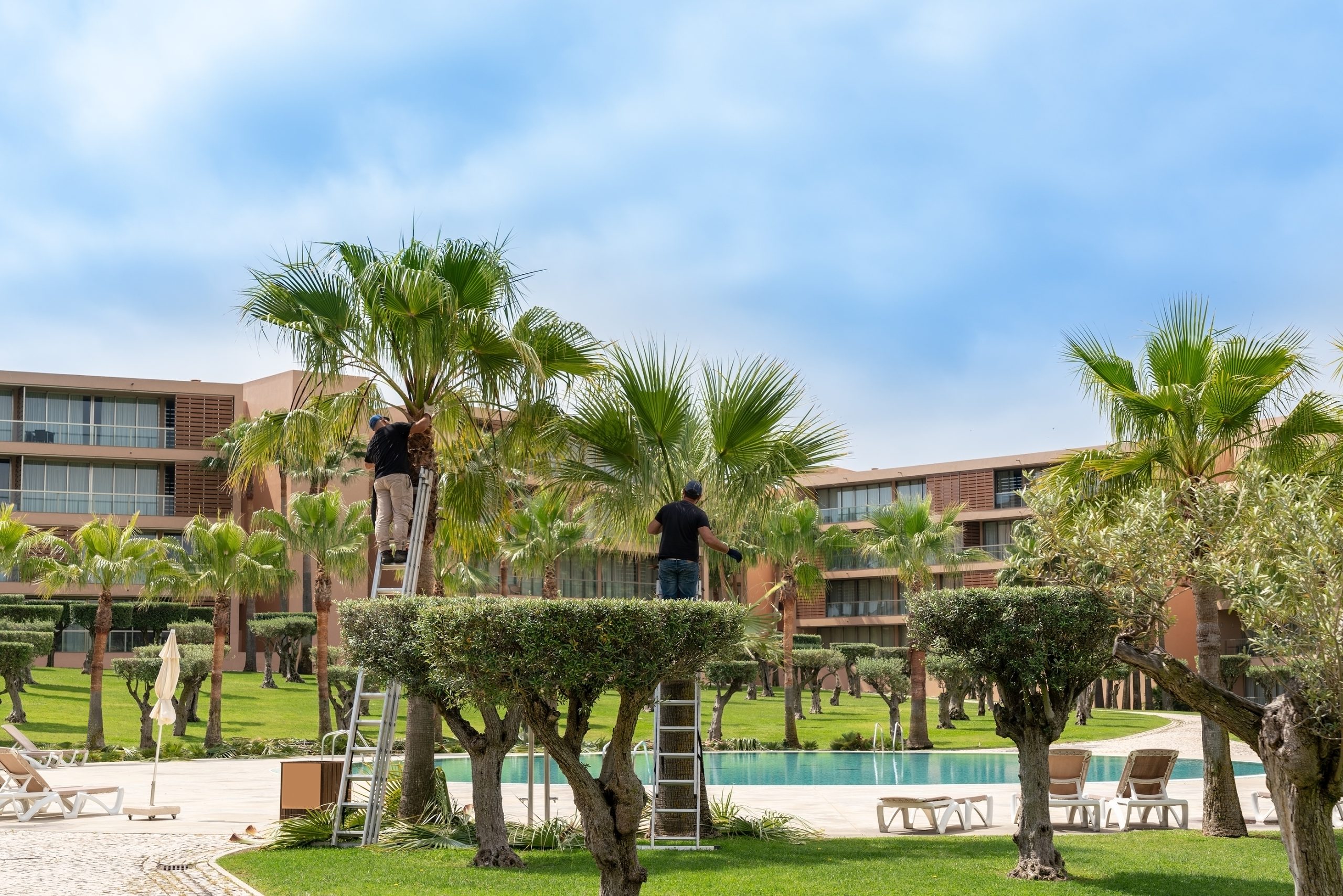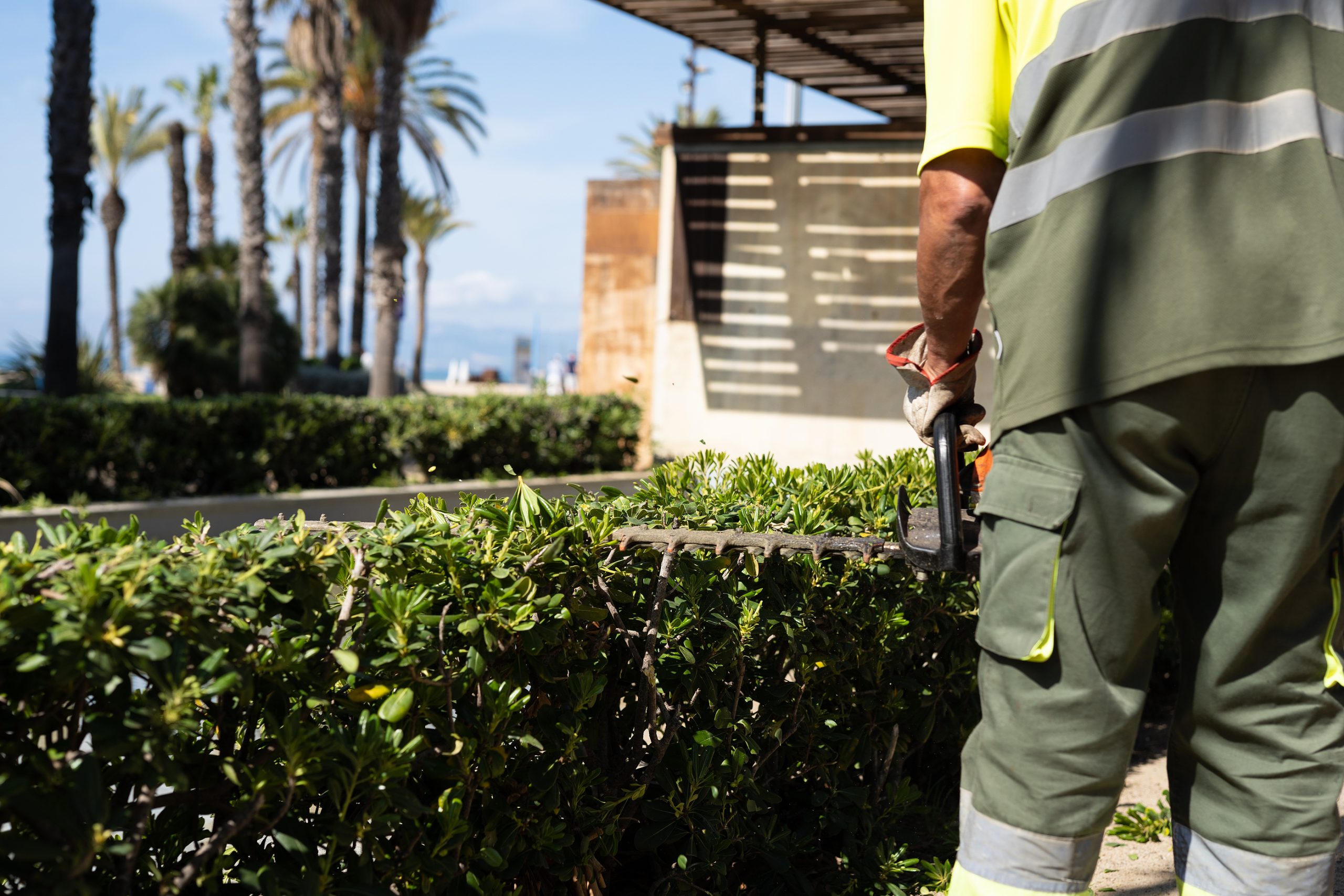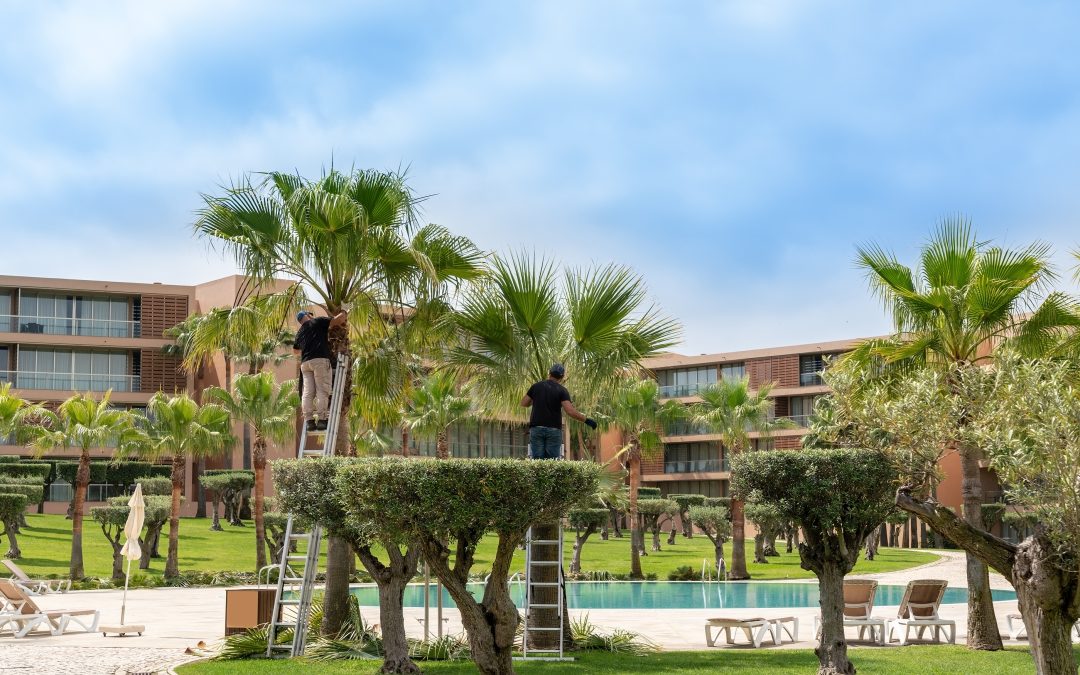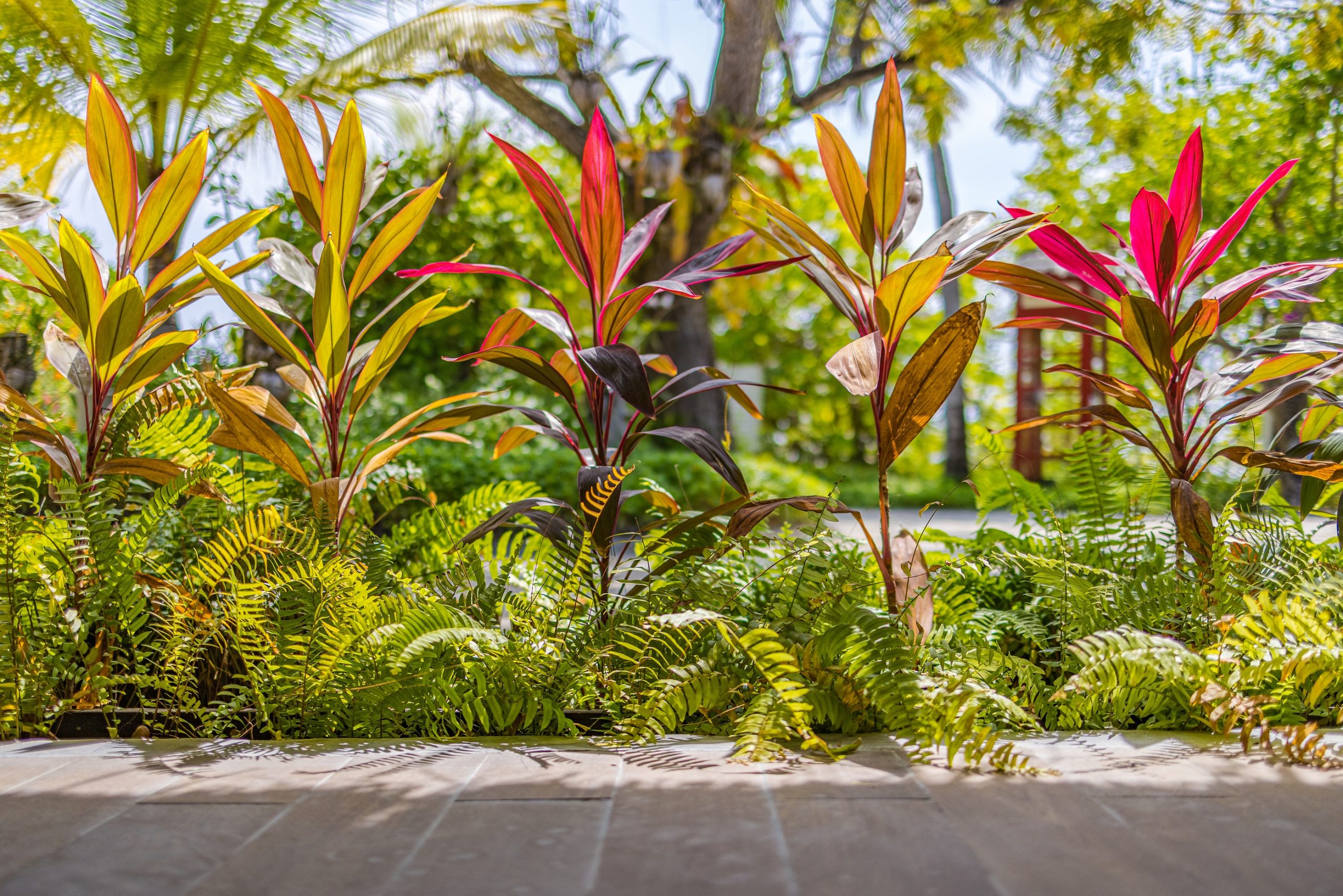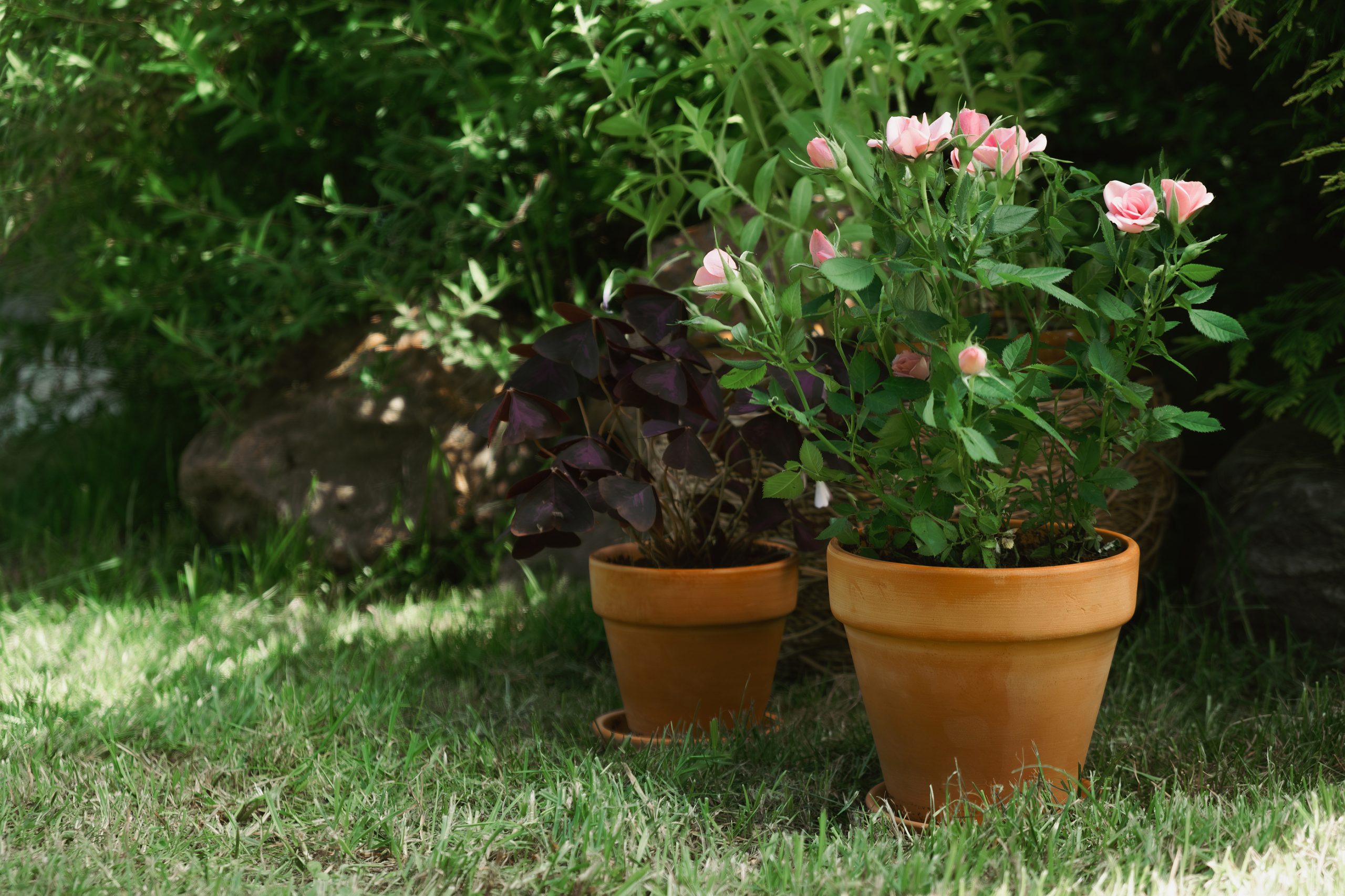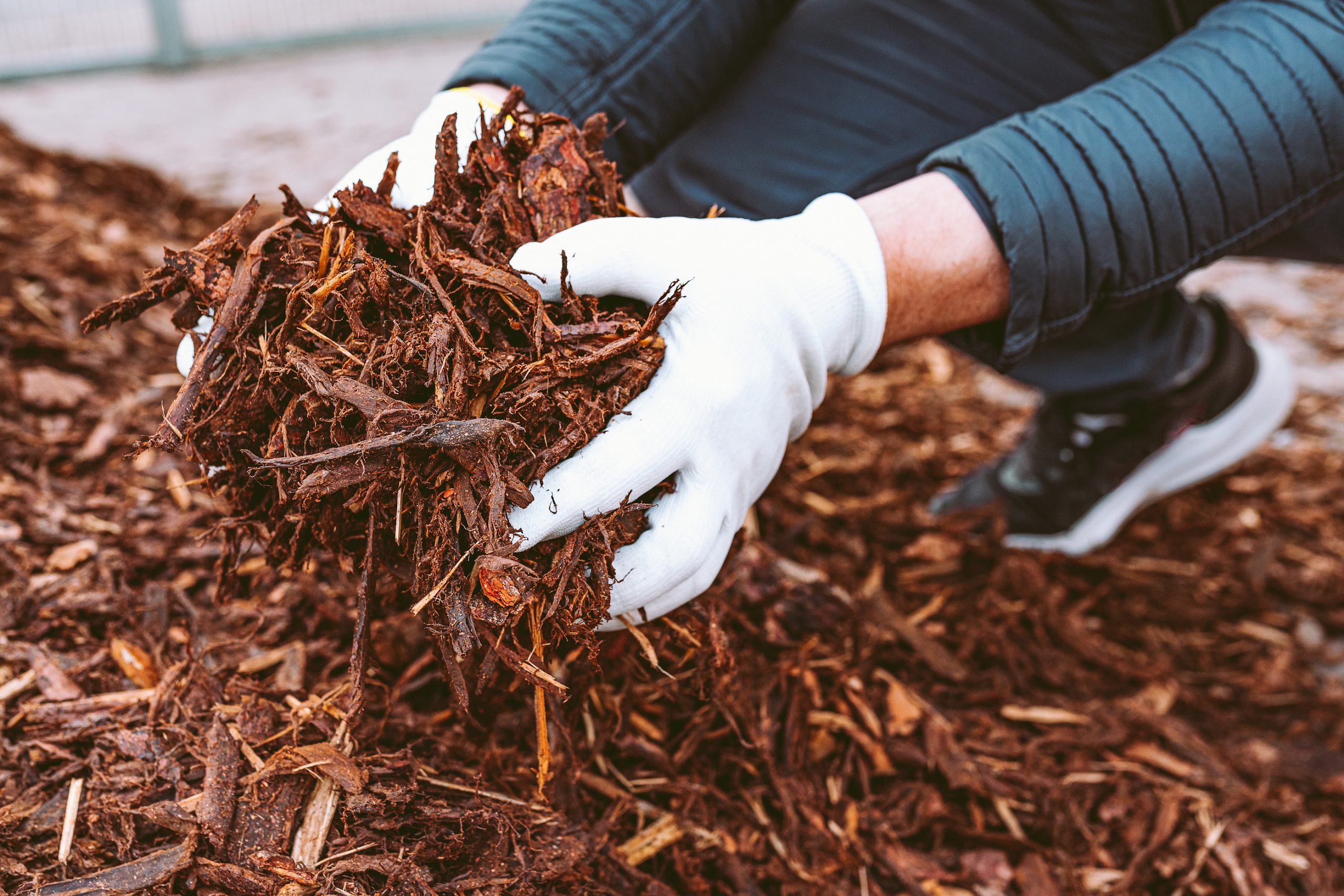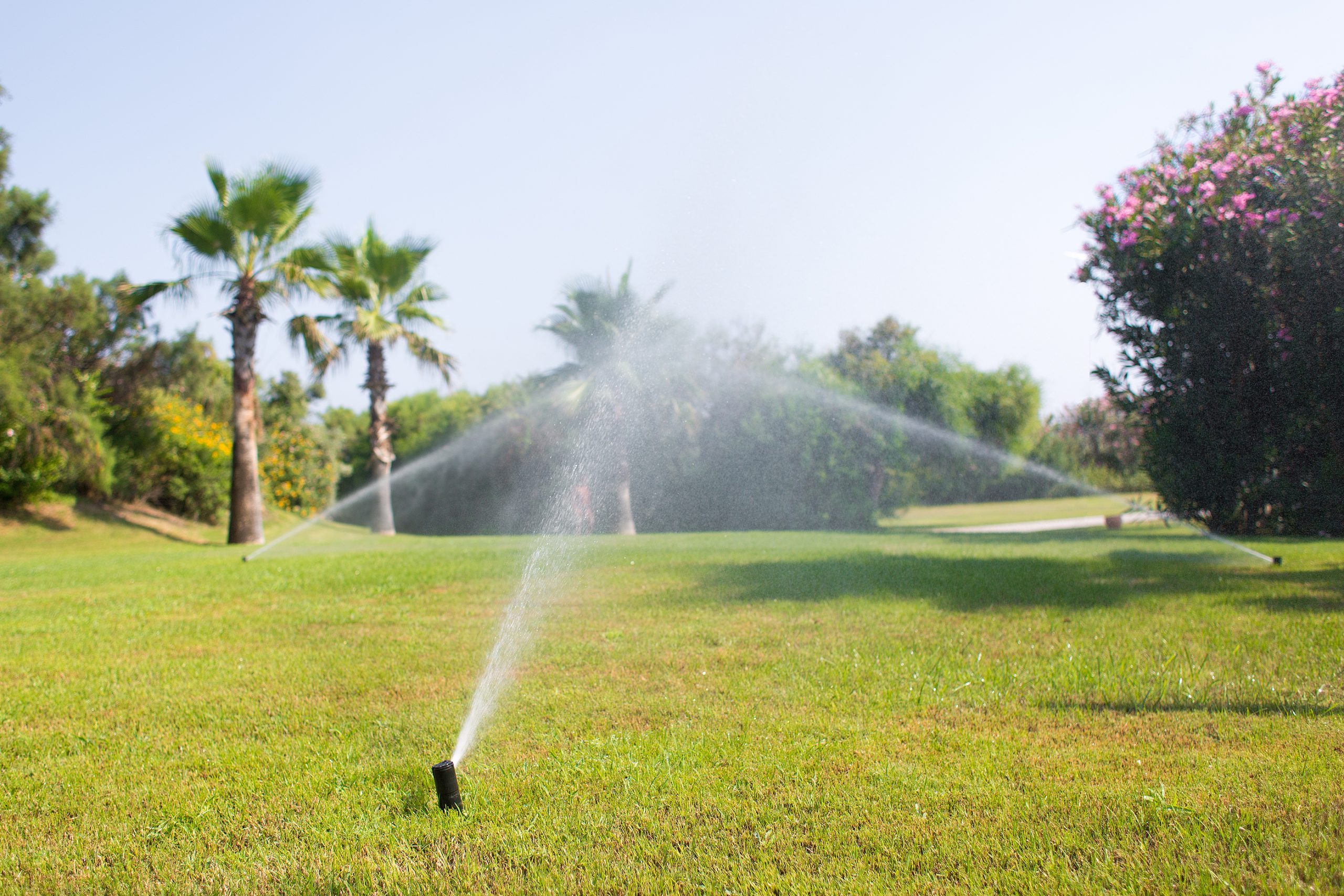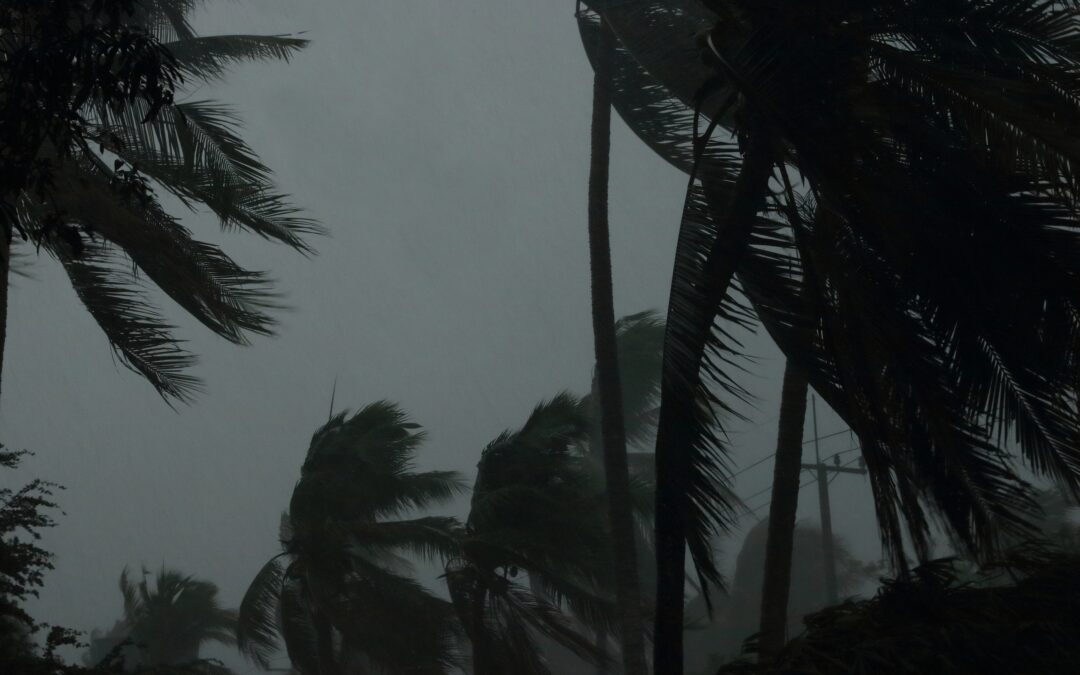
Preparing Your Home for Peak Hurricane Season
September has historically been the peak period for hurricane activity in the Atlantic Basin. While there was reduced activity around the end of August and forecasters have revised their predictions for the level of activity to be lower, the forecast remains unchanged for September and predicts a busy month. It is therefore crucial to prepare your home.
Ideally, you should always ensure you are prepared for the season, making sure you have regular property maintenance checks scheduled throughout the season. However, with everyone returning from summer breaks and the back-to-school rush, we understand that sometimes, there can be delays in getting things fixed around the home. Hurricanes can cause significant damage with high winds, the potential for flying hazardous debris, as well as heavy rain and flooding. Therefore, addressing any home issues now, before going further into September 2024, is critical.
Key Areas to Focus On
We have created a list of some key areas around your home to get checked for damage or repairs as soon as possible.
Roof and Gutters
- Loose shingles: It’s important to check for loose shingles on your roof. Some damaged roofs and loose shingles look more obvious, but other shingles may be loose without appearing so. Either way, it’s important to get a professional to inspect them. While shingles might not have fallen off or do not appear damaged, they could have been loosened earlier in the year, for example, by winds from Hurricane Beryl, making them more likely to slip and become potentially hazardous debris if we have another storm.
- Clean gutters: It’s vital to ensure you have your gutters regularly cleaned to ensure proper water flow and to reduce flooding around your home. Clearing them out before a peak storm period is especially important, so if leaves fall into the gutters, there is as little build-up as possible from before.
Windows and Doors
- Seal cracks and repairs to surrounding walls: If you haven’t already, take some time to inspect your doors and windows for any cracks, gaps, or water leak bubbles. It’s important for these to be addressed and sealed before the next storm, or it could potentially make cracks bigger or allow more water to seep in, causing further damage.
- Shutter checks & risk reports, or installing plywood: If you already have shutters installed, it’s always good to have a shutter check and risk report done by professionals to make sure there’s no damage. If you’re do not have shutters, it’s important to know where to get suitable plywood and have a plan in place for who can install it. However, many newer condos and homes have hurricane-proof windows, so you may not require them.
Landscaping and Exterior
- Trim trees and remove weak branches: This helps prevent branches from being swept up by the wind and potentially damaging the exterior of a house or car.
- Securing items in outdoor spaces With summer winding down, we’re sure many have had outdoor gatherings, BBQs, and, for those with kids, many toys, swings, or blow-up pools around the garden. It’s important to have a plan for safe storage to ensure everything is packed away in good time if a storm were to arise.
At 5 Star we’re here to help with all of your home and garden needs, including home preparations for hurricane season. For more information visit: 5 Star Hurricane Preparation Services
Please note: We kindly ask that you allow us 2 days ahead of a storm to carry out any works. This is to ensure we can complete the works in a careful, comprehensive, and safe manner. However, we also understand that sometimes issues arise suddenly too. We do offer emergency maintenance services (additional costs can apply—more information is available on our hurricane preparation page).
